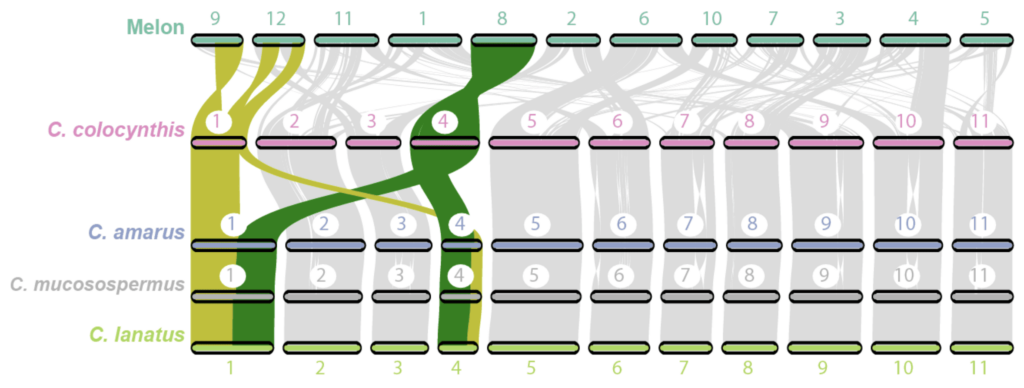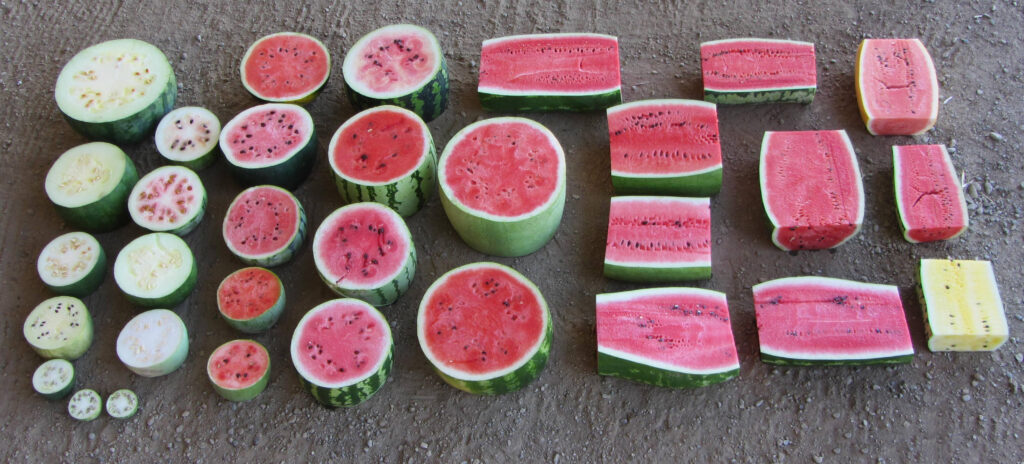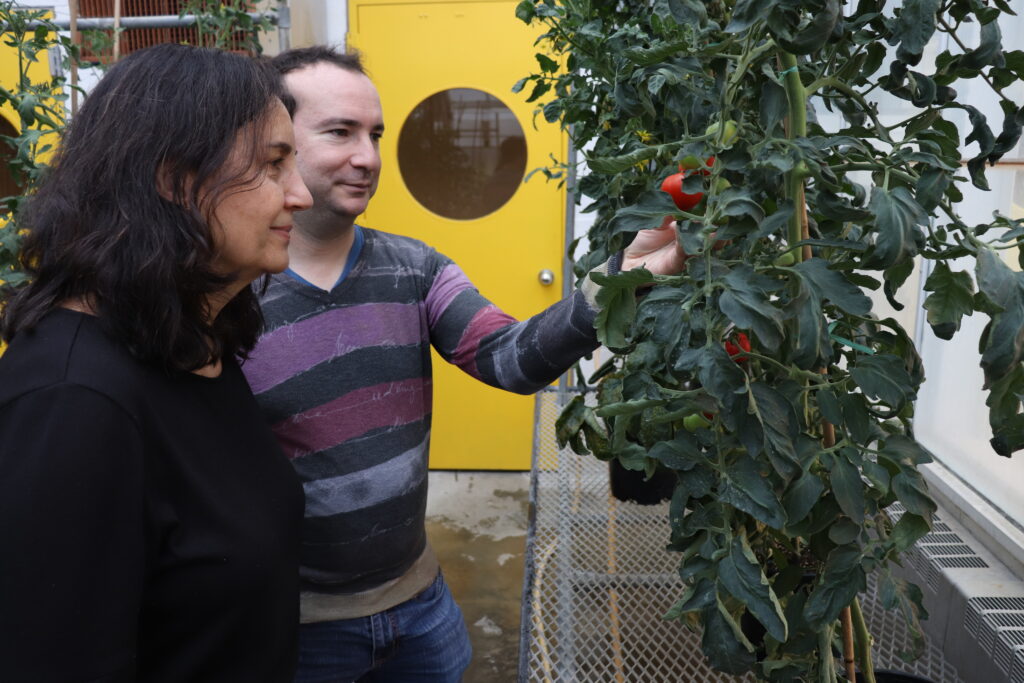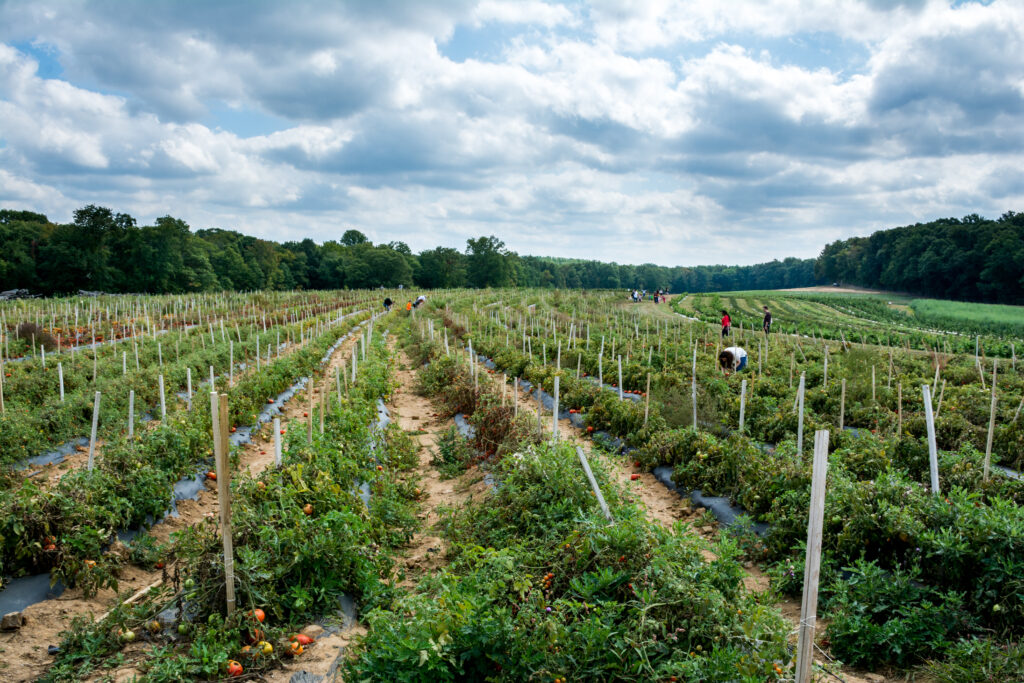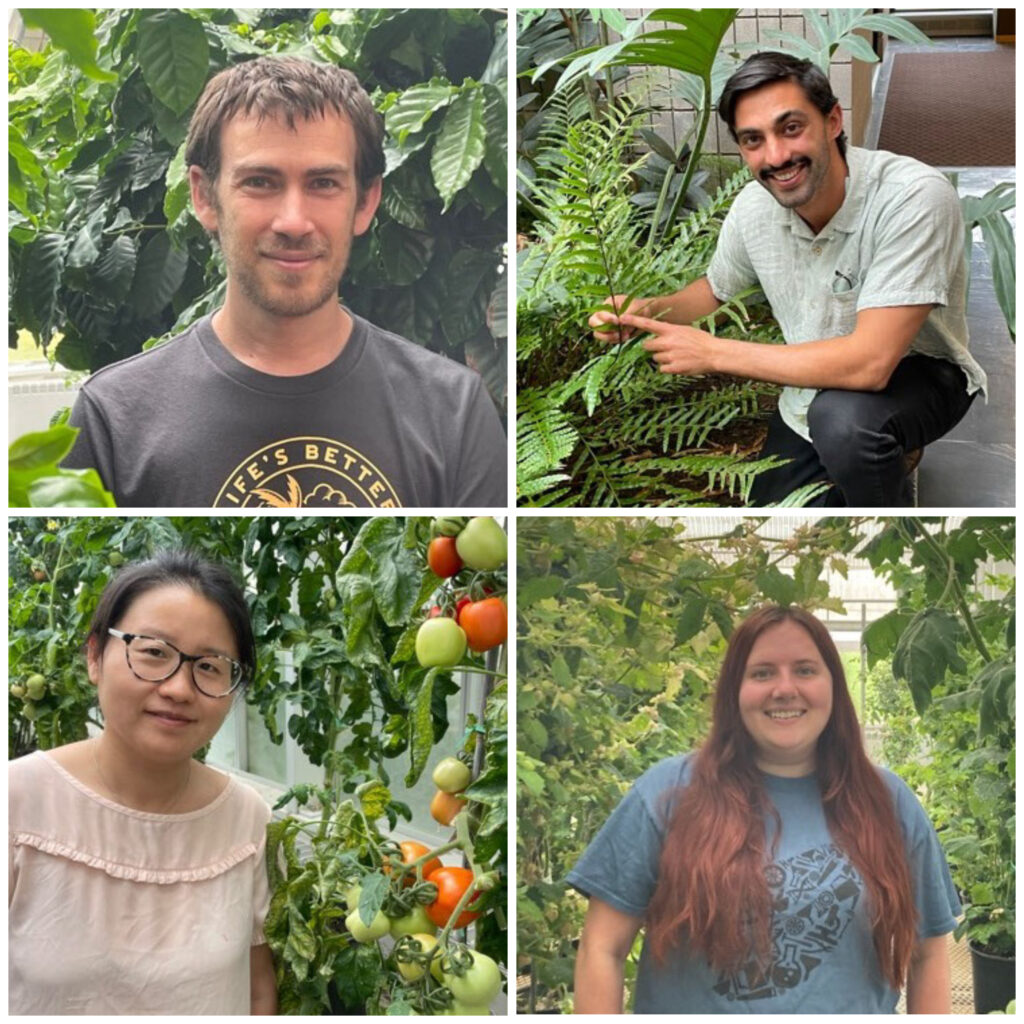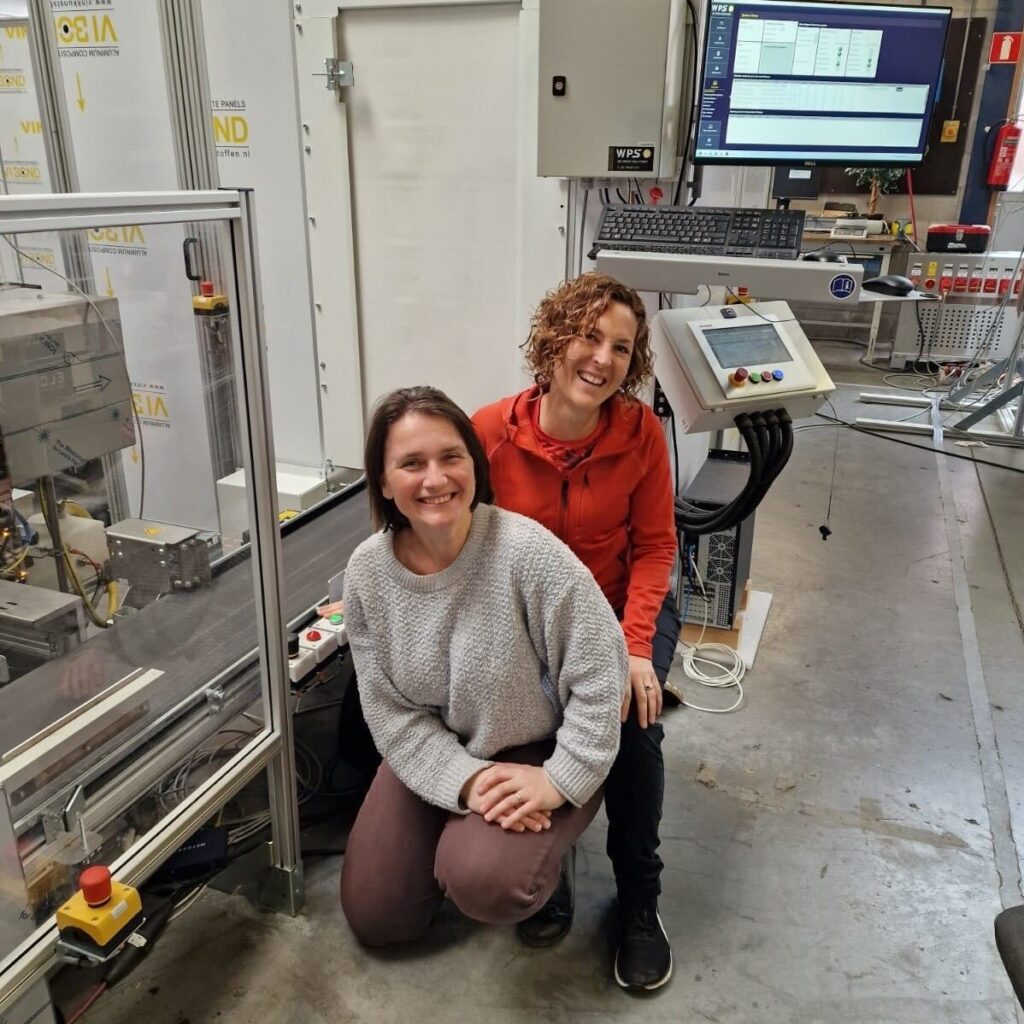Behind the Rind: New Genomic Insights into Watermelon Evolution, Quality, and Resilience
Watermelon is a globally significant agricultural product, both in terms of the total amount produced and the total economic value generated.Scientists at the Boyce Thompson Institute have constructed a comprehensive "super-pangenome" for watermelon and...
Watermelon Wonders: The Surprising Science Behind Your Favorite Summer Fruit
You probably wouldn't be surprised to learn that watermelon is the second largest fruit crop in the world (if you don't count tomatoes as a fruit), just barely behind bananas. However, you may be surprised by a few of these lesser-known watermelon facts:...
BTI Welcomes 2023 High School Research Experience & Workforce Advantage Students
On June 27, Boyce Thompson Institute welcomed ten high school students to our High School Research Experience and two high school students to our Workforce Advantage Program. The High School Research Experience focuses on training and inspiring the next generation...
From Ground-Hugging to Groundbreaking: How a Unique Tomato Mutation Could Transform Sustainable Agriculture
Tomatoes are a staple in diets worldwide and an essential part of sustainable agriculture. Now, scientists at BTI have reported groundbreaking insights into a long-known tomato mutation, unlocking the potential for enhanced fruit quality and stress...
Gene Editing: New Study Reveals Shifting Public Sentiment
Gene editing and genetically modified organisms (GMOs) have been topics of significant debate in recent years. A new study from the Alliance for Science has revealed a positive shift in public sentiment towards one aspect of agricultural biotechnology, showing that...
2023 PGS Triad Mini-grant Awardees
We are excited to announce the recipients of the 2023 Triad funded PGS Mini-grant Program. Congratulations to all the awardees and thanks to all the participants! The committee of PGS members along with a faculty advisor reviewed a total of 8 proposals...
BTI Welcomes 2023 Undergraduate Student Researchers
On June 5, Boyce Thompson Institute welcomed 39 undergraduate students from colleges across the country to experience the life of a researcher for 10 weeks. Now in its 23rd year, BTI’s NSF funded Plant Genome Research Program (PGRP) and USDA funded Innovations in...
Boyce Thompson Institute Appoints Renowned Plant Pathologist and Microbiologist Dr. Silvia Restrepo as its Next President
We are proud to announce the appointment of Dr. Silvia Restrepo as BTI’s ninth and first female president. She will assume the position in October, succeeding President David Stern, who has led the organization since 2004. This historic appointment...
Cane-Bridge Foundation Donates $1M to BTI for Innovative Translational Research Program
Translating Science into ImpactToday, the Boyce Thompson Institute (BTI) is taking a significant step forward in its mission to bridge the gap between scientific discovery and real-world application. Thanks to a generous $1M gift from the Cane-Bridge Foundation,...
BTI’s New Phenotyping Facility: Factory Acceptance Test in the Netherlands!
Magdalena Julkowska and Julie Bell recently traveled to the Netherlands, where they performed a factory acceptance test on BTI’s new phenotyping facility!The facility will allow side and top-view RGB imaging, masking on chlorophyll fluorescence, as well...

